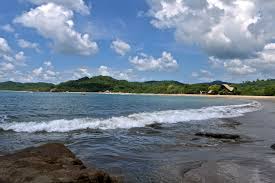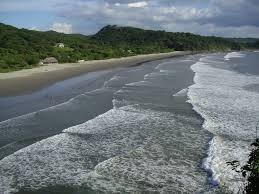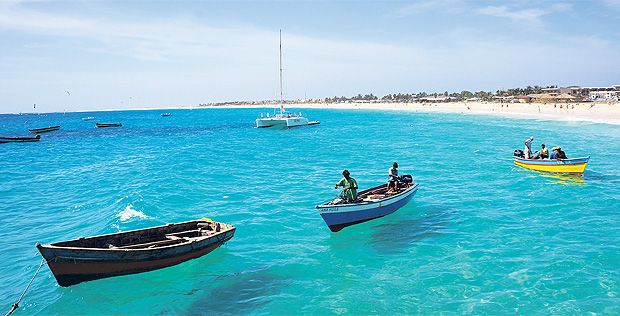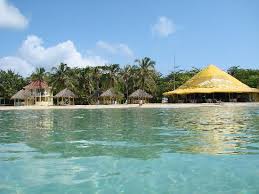
The Corn Islands

The Corn Islands, Nicaragua are one of the most popular tourist destinations along the Caribbean coast in Central America. Though the country is mainly agricultural with fishing as the main occupation and from which the major part of national income is derived, in recent years, tourism has also developed, making this industry the second largest in Nicaragua. The Corn Islands are two islands off the east coast of Nicaragua, the Little Corn Island and the Big Corn Island. Together, they account for Nicaragua’s best beaches.
Exploring the Corn islands
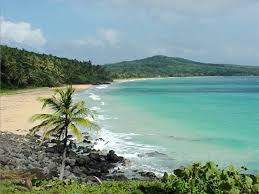
The Big Corn Island is a pretty sight to behold during the months of February to April when the rainfall is comparatively less. Hiking trails into the hills, boat rides around the island, walking in the tropical jungles are some of the attractions of this place. Cars and buses, though very sparse are present for people to move about the island. In contrast, the Little Corn Island is still in a nascent stage of tourism, there are no roads so naturally no automobiles. The island is small enough to be covered fully on foot. This island is more cleaner, more natural and better according to the locals. Bicycles are readily available to tourists for exploration of the island. The coral reefs are one of the main source of interest around the islands. There are small churches, a lighthouse and some fields and of course the beach to see. But that is all.
What to do at the Corn Islands
The horse shoe bays, underwater caves and crystalline coves can be seen on a boat ride or by simply swimming around the islands. The rugged coast framed by big boulders, coconut groves, cliffs and tropical forests provide an ideal setting for a short trip to one of the best beaches in Nicaragua. There are few things to do here such as diving, fishing and mainly dancing, eating and drinking through a fun weekend. The Dolphin Dive Little Corn at Hotel Delfines is a famous spot for diving. Snorkeling, scuba diving, ocean fishing and kayaking are also other water sport to be enjoyed here.

